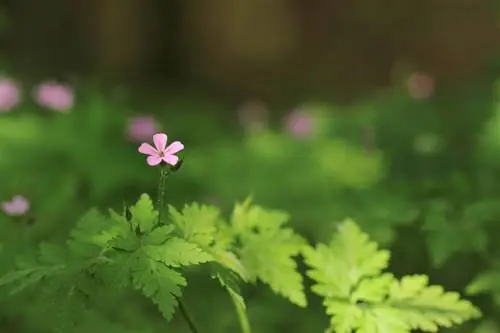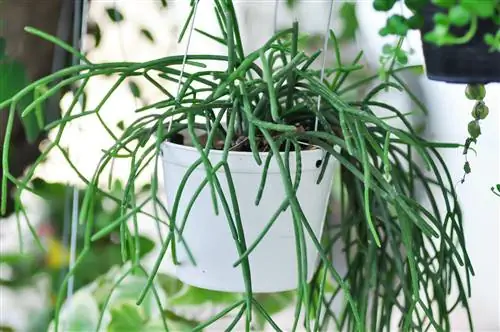- Author admin [email protected].
- Public 2023-12-16 16:46.
- Last modified 2025-01-23 11:20.
The cranesbill (Latin: geranium) or geranium is a very species- and variety-rich genus of the cranesbill family. The plants owe their peculiar German name to the “beak”, an extension of the style after the flower has been fertilized. Many cranesbills that grow wild and are also cultivated as ornamental plants in gardens are not poisonous.

Is the cranesbill poisonous to humans and animals?
Is the cranesbill poisonous? No, cranesbill (geranium) is non-toxic to humans and most animals. Essential oils contained can cause contact dermatitis in sensitive people. Only the meadow cranesbill is poisonous to hamsters.
Stork's beak non-toxic to humans and animals
Primarily, cranesbill contains many essential oils, including geraniol, kaempferol, caffeic acid, rutin and quercetin. In rare cases, these can cause contact dermatitis, i.e. H. sensitive people react with a harmless skin rash. Otherwise, the plants are completely non-toxic to both humans and animals - but with one exception: the wild meadow cranesbill is poisonous to hamsters. However, animals don't particularly like to eat the cranesbill anyway because of its intense smell.
Edible Cranesbill
Some wild species of cranesbill are even considered edible, such as the stinking cranesbill or Ruprechtskraut (Geranium robertianum L.), which can be collected between April and November. In addition, the cranesbill is used in folk medicine to treat toothaches or bruises.is used as a tonic.
Tip
Due to its non-toxicity, various chambers of agriculture even recommend the cranesbill as a problem-free plant for kindergartens and schools.






